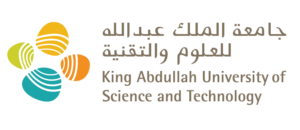Chemical Engineering | Chemistry | Material Science and Engineering
Net benefits for advanced materials design
Highly complex MOF materials made for sustainability applications such as carbon capture can be rationally devised using a new "merged nets" design framework

From skyscrapers to nanomaterials, detailed blueprints are an essential element of structural design, delineating how simple building blocks can be combined to create complex structures. A new approach for creating chemical blueprints of unprecedented complexity for porous crystalline structures such as metal-organic frameworks (MOFs) has been developed by researchers at KAUST[1].
The “merged nets” approach to MOF-blueprint creation has implications for the design of bespoke MOFs for sustainability-related applications including gas storage, catalysis and molecular separations.
Design blueprints for MOFs and related periodic porous materials called covalent organic frameworks (COFs) are based on a form of mathematical graphs called periodic nets. “By providing predefined patterns, periodic nets allow researchers to select molecular building blocks with compatible geometries, enabling their precise assembly into desired structures,” says Hao Jiang, a research scientist in Mohamed Eddaoudi’s research group. “This approach has facilitated the systematic construction of MOFs and COFs with targeted structures and properties,” Jiang says.
Previously, researchers could only rely on the 53 edge transitive nets — nets with one kind of edge — as a blueprint for the rational design MOF and COF. “These simple nets are insufficient as blueprints for more complex structures that are essential for achieving advanced properties and applications,” Jiang says. As a result, complex multicomponent MOFs synthesis had remained a slow and tedious process of trial and error.
The first step toward complex MOF rational design came in 2018, when the team made a simple MOF called Tb-spn-MOF-1 based on the edge-transitive net known as “spn” net. This MOF structure featured open sites that enabled additional molecular linkers to be placed as connectors between metal clusters within the material’s porous structure. The team realized that the placed linkers connecting with the metal cluster could be viewed as a separate MOF based on another known designable net, “hxg.” “The whole structure merged the spn and hxg nets into a more complex net,” Jiang says.
By merging two simple nets, the team had hit upon a blueprint that was far more complex than its component parts. They then enumerated all possible merged nets by analyzing all the 53 edge transitive nets and extracting the shared features between them, namely the “signature nets” for each net pair. “Merging requires specific compatible net pairs,” says Jiang. To systematically identify compatible pairs, the team developed the concept of “signature nets,” which captures key structural information about different nets. “If two nets share the same signature net, they may be compatible for merging,” Jiang says.
The discovery has generated 353 new blueprints for complex MOF design. “Using the robust design capabilities of our merged net framework, we have proposed over 100 multicomponent MOF platforms,” Eddaoudi says. Merged net blueprints can be divided into four structural categories based on the periodicity of the nets to be merged, ranging from three to zero periodic. “We validated the practicality of merged net design by crystallizing new materials representing all four categories,” he says.
The merged net methodology has great potential to accelerate the discovery of novel porous materials with impact on real-world applications in energy, environmental sustainability and beyond. “Leveraging the unprecedented design capabilities that merged nets offers, we have already started a multimillion-dollar project with Aramco to develop practical materials for the energy-efficient and cost-effective direct capture of CO2 from the atmosphere,” Eddaoudi says.
Reference
- Jiang, H., Benzaria, S., Alsadun, N., Jia, J., Czaban-Jó ́zwiak, J., Guillerm, V., Shkurenko, A., Thiam, Z., Bonneau, M., Maka, V. K., Chen, Z., Ameur, Z. O., O’Keeffe, M., Eddaoudi, M. Merged-nets enumeration for the systematic design of multicomponent reticular structures. Science 386, 659 (2024).| article
You might also like
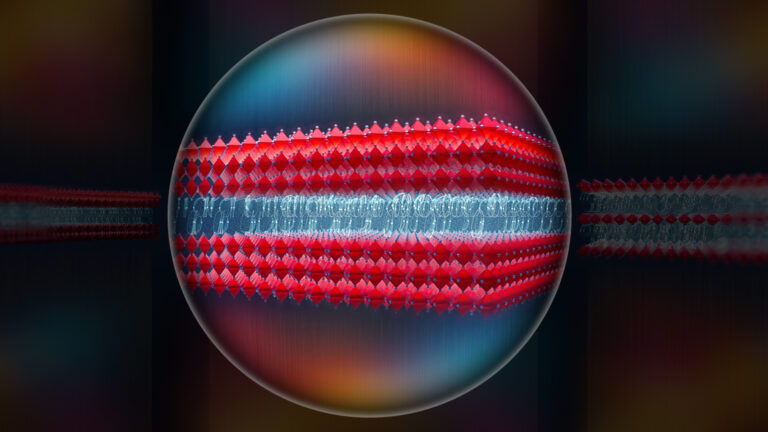
Material Science and Engineering
Electron movie guides design of layered perovskite materials
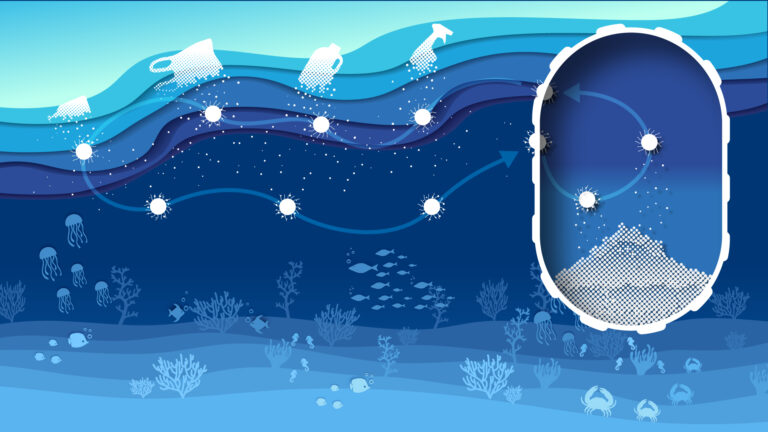
Chemical Engineering
Magnetic nanoparticles capture microplastics from water
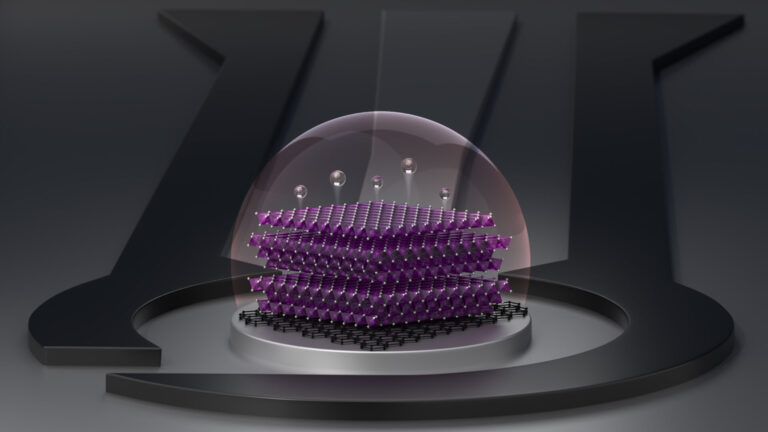
Material Science and Engineering
Remote region sensor for essential vitamin deficiency
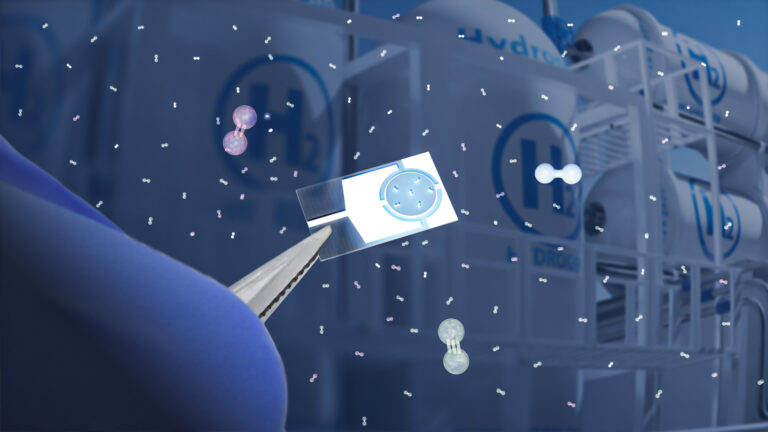
Material Science and Engineering
Low-power hydrogen sensor detects leaks in an instant

Material Science and Engineering
Illuminating pathways to long-lived organic solar cells
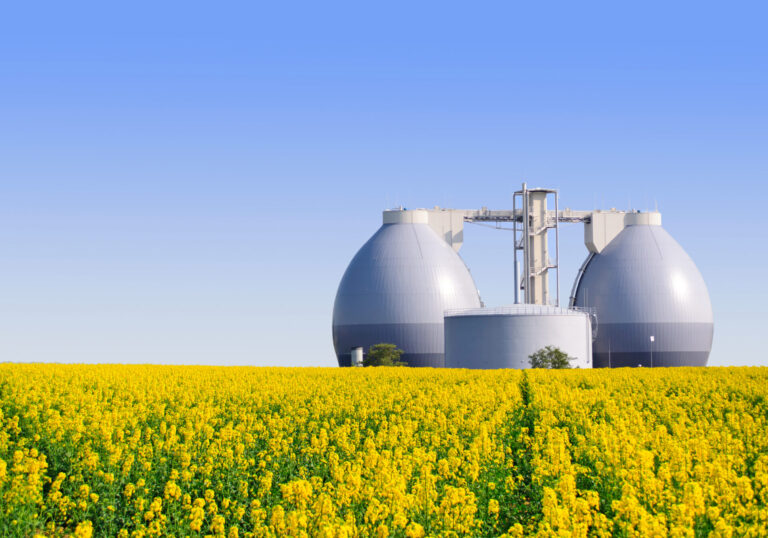
Chemical Engineering
Biogas upgrading goes with a swing
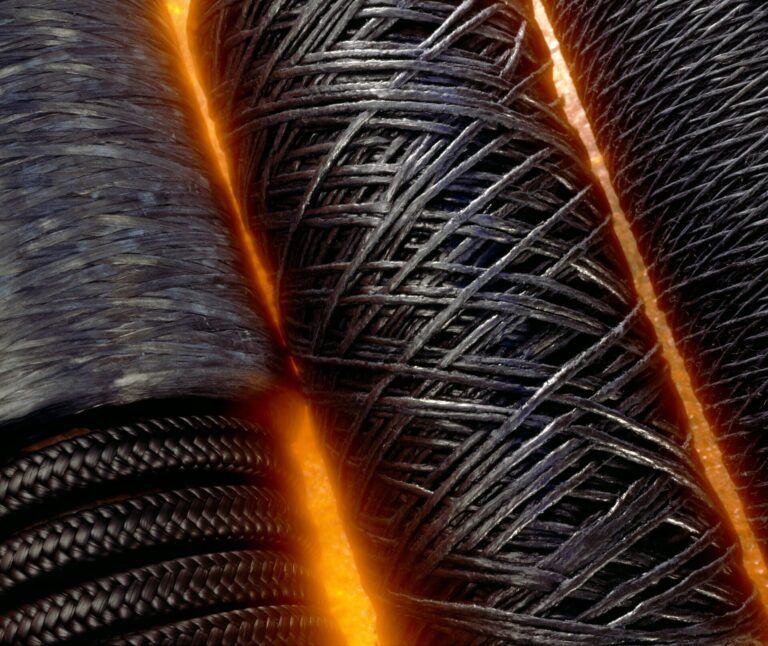
Chemical Engineering
Stronger, lighter, cheaper: a new route to carbon fiber production

Chemical Engineering
